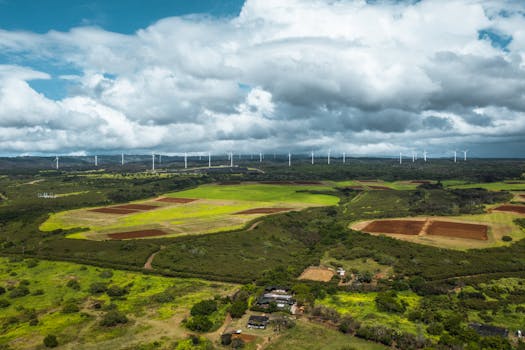
Eyes in the Sky: Advanced Technologies Transforming Earth Observation
Eyes in the Sky: Advanced Technologies Transforming Earth Observation has become a crucial aspect of understanding our planet and its complexities. The use of advanced technologies is revolutionizing the field of Earth observation, enabling us to gather more accurate and detailed information about our planet than ever before. With the help of satellite technology, remote sensing, and other cutting-edge tools, we are now able to monitor and analyze various aspects of the Earth’s system, including its atmosphere, oceans, land surfaces, and living organisms.
The field of Earth observation has undergone significant transformations over the years, driven by advancements in technology and the increasing need for accurate and reliable data. Today, Earth observation is no longer limited to just monitoring the weather or tracking natural disasters. It has become a vital tool for understanding and addressing various global challenges, such as climate change, deforestation, and water scarcity.
Advanced Satellite Technology
One of the key drivers of the Earth observation revolution is the development of advanced satellite technology. Satellites in orbit around the Earth are equipped with sophisticated sensors and instruments that can collect a wide range of data, including high-resolution images, spectral data, and other types of measurements. These satellites can operate in various spectral bands, including visible, infrared, and microwave, allowing them to capture different aspects of the Earth’s system.
For example, satellites like Landsat 8 and Sentinel-2 are equipped with multispectral and hyperspectral instruments that can collect detailed data on the Earth’s surface, including information on vegetation health, soil moisture, and ocean productivity. Other satellites, such as those in the Global Navigation Satellite System (GNSS), provide critical data for navigation, timing, and positioning.
Remote Sensing and Data Analysis
Remote sensing is another critical component of Earth observation, involving the use of sensors and other technologies to collect data about the Earth’s surface and atmosphere. Remote sensing can be done using various platforms, including satellites, aircraft, and unmanned aerial vehicles (UAVs).
The data collected through remote sensing is then analyzed using specialized software and algorithms to extract meaningful information. This can include techniques such as image processing, change detection, and data fusion, which enable researchers and scientists to gain insights into various aspects of the Earth’s system.
Applications of Earth Observation
The applications of Earth observation are diverse and widespread, ranging from environmental monitoring and natural resource management to disaster response and urban planning. For example, Earth observation data is used to track deforestation and land degradation, monitor ocean health, and predict weather patterns and natural disasters.
In addition, Earth observation is used in various fields, such as agriculture, forestry, and water resources management. It helps farmers to optimize crop yields, foresters to manage forest health, and water managers to monitor water quality and quantity.
Conclusion
In conclusion, Eyes in the Sky: Advanced Technologies Transforming Earth Observation is a rapidly evolving field that is revolutionizing our understanding of the Earth and its complexities. With the help of advanced satellite technology, remote sensing, and data analysis, we are now able to gather more accurate and detailed information about our planet than ever before. As the demand for Earth observation data continues to grow, it is essential to invest in the development of new technologies and infrastructure to support this critical field.

